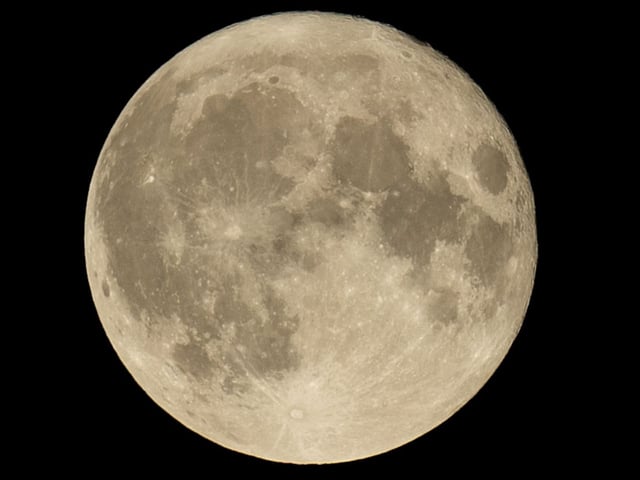Overview
- October’s full moon reached peak illumination around 11:48 p.m. ET on Oct. 6–7, marking the first supermoon of 2025.
- The next full supermoons are expected on November 5 and December 4, with some astronomers also counting a January 2026 full moon.
- NASA notes a supermoon can look up to 14% larger and 30% brighter than the smallest full moon of the year, though the difference is subtle to the eye.
- Forecasters report higher-than-normal perigean spring tides this week and warn of possible minor to moderate coastal flooding during high tide cycles.
- The moon was roughly 224,600 miles (about 359,800 km) from Earth, and observers were advised to watch near moonrise with a clear eastern horizon; no telescope is needed.



